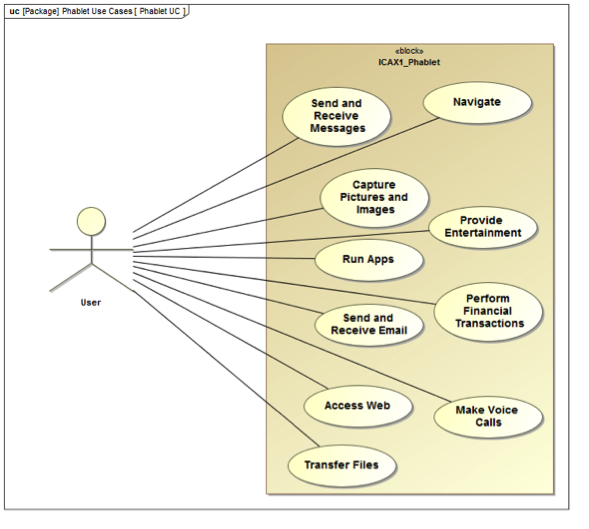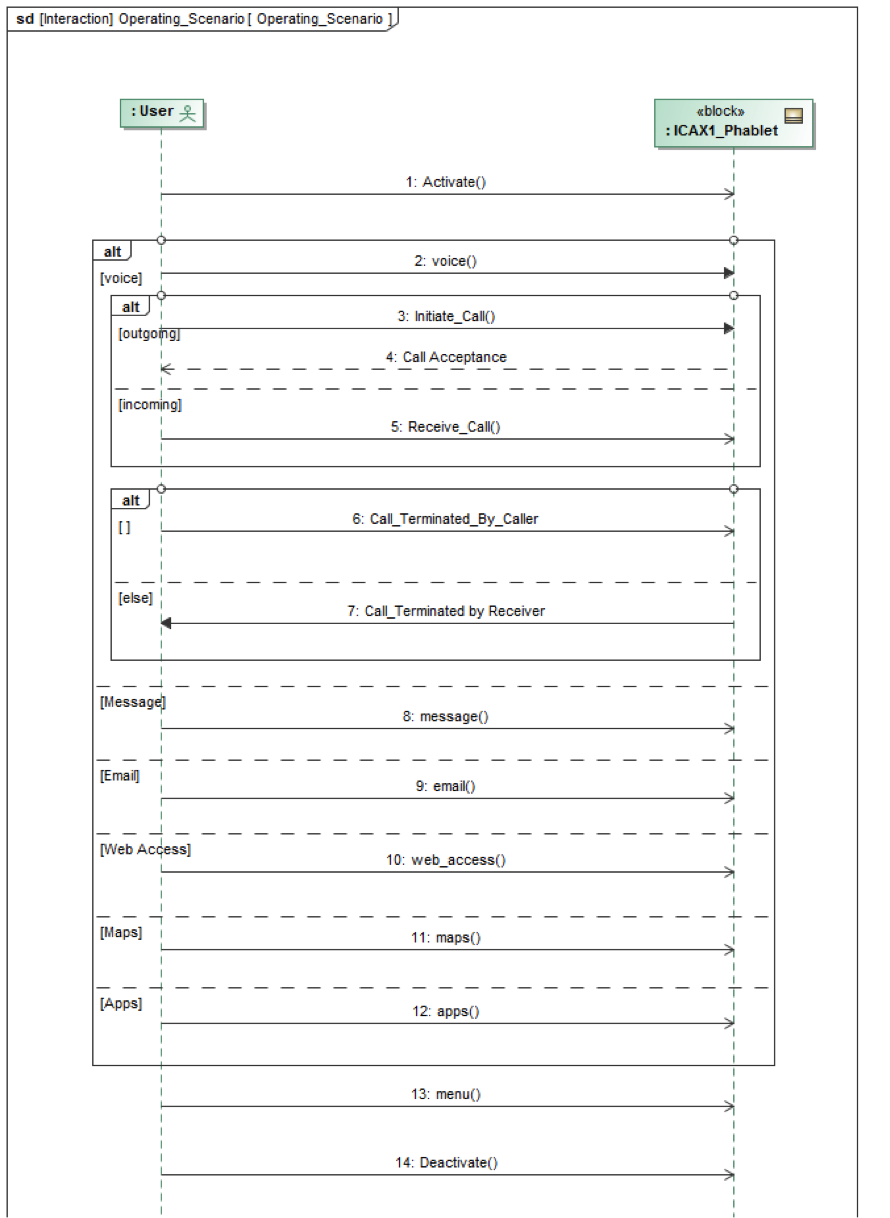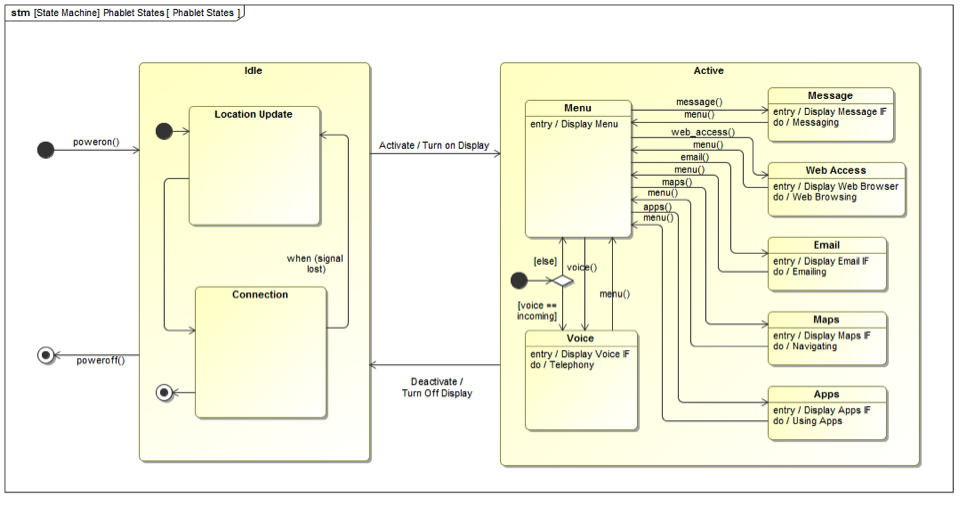Introduction
Over the last fifty years, commercial electronics has shown a number of sustained trends:
- Greater product functionality, supported by advanced hardware, packaging, and software
- Greater product portability, requiring increased mechanical and thermal engineering attention
- Greater product interconnectivity, with expectations of spontaneous organization into networks like the Internet-of-Things
One result has been a greater stress on reliability, safety, and resilience, as these networks take on survival-critical roles in transportation, biomedicine and other domains. Despite this, commercial electronics has been slow to recognize Systems Engineering as a discipline in the same way as defense or aerospace.
We believe that the electronics field stands to benefit from modern approaches to Model-Based Engineering (MBE). In this blog series, we will try to justify this belief by presenting an example of MBE, as applied to a portable electronic product, a phone-tablet or “phablet”, operating within a larger digital network.
Building a SysML Model for an Electronic Product
The design of a consumer electronic product typically begins with a concept of operations, starting with a definition of use cases. In SysML, we can capture and display those use cases in a Use Case diagram, as shown in Figure 1. Our phablet has a wide variety of use cases, like many smart communications devices.
Figure 1 Phablet Use Cases
Note: See the links at the end of this post to download SysML models (MagicDraw and IBM Rational Rhapsody) of the phablet example discussed in this post.
Based on the high-level functional objectives captured in the use cases and a range of other technical, market and regulatory considerations, system engineers can create a description of desired operational scenarios between user and system, as illustrated in the SysML sequence diagram in Figure 2. This scenario incorporates a number of options, depending on user choice: the user can make voice calls, message, web surf, etc.
Figure 2 SysML sequence diagram for phablet operating scenario
The messages from user to phablet trigger internal software services inside the phablet when received. These internal behaviors of the product itself can be captured in a state machine, as shown in Figure 3, where the same calls and signals are shown as triggering transitions between operating states. Inside the state, symbols are lists of more detailed behaviors, which can be further decomposed and specified.
Figure 3 Phablet state machine diagram
Next Steps
Using SysML and a Model-Based Engineering approach, we have captured the high-level functional objectives and architecture of our system. In Part 2 of this series, we will look at the structural side of the system.
SysML Models:
- IBM Rhapsody model: Phablet_Cellular_Network_Example.zip
- Magicdraw model: Phablet_Cellular_Network_Example.mdzip
Technote: Applications of MBE to Electronics
Related posts:
- MBE For Electronics | Part 1 (this post)
- MBE For Electronics | Part 2
- MBE For Electronics | Part 3
- MBE For Electronics | Part 4
 Intercax
Intercax Intercax
Intercax


